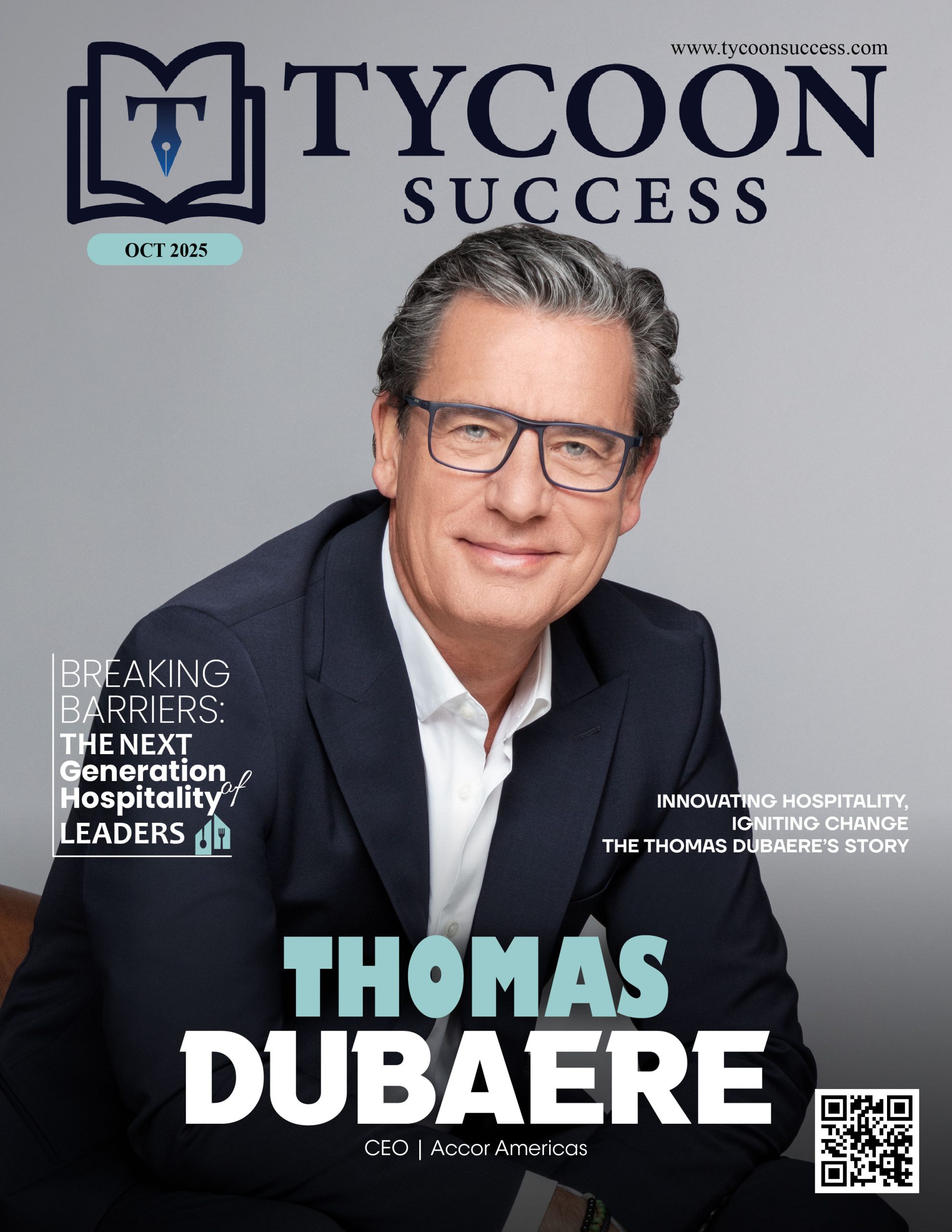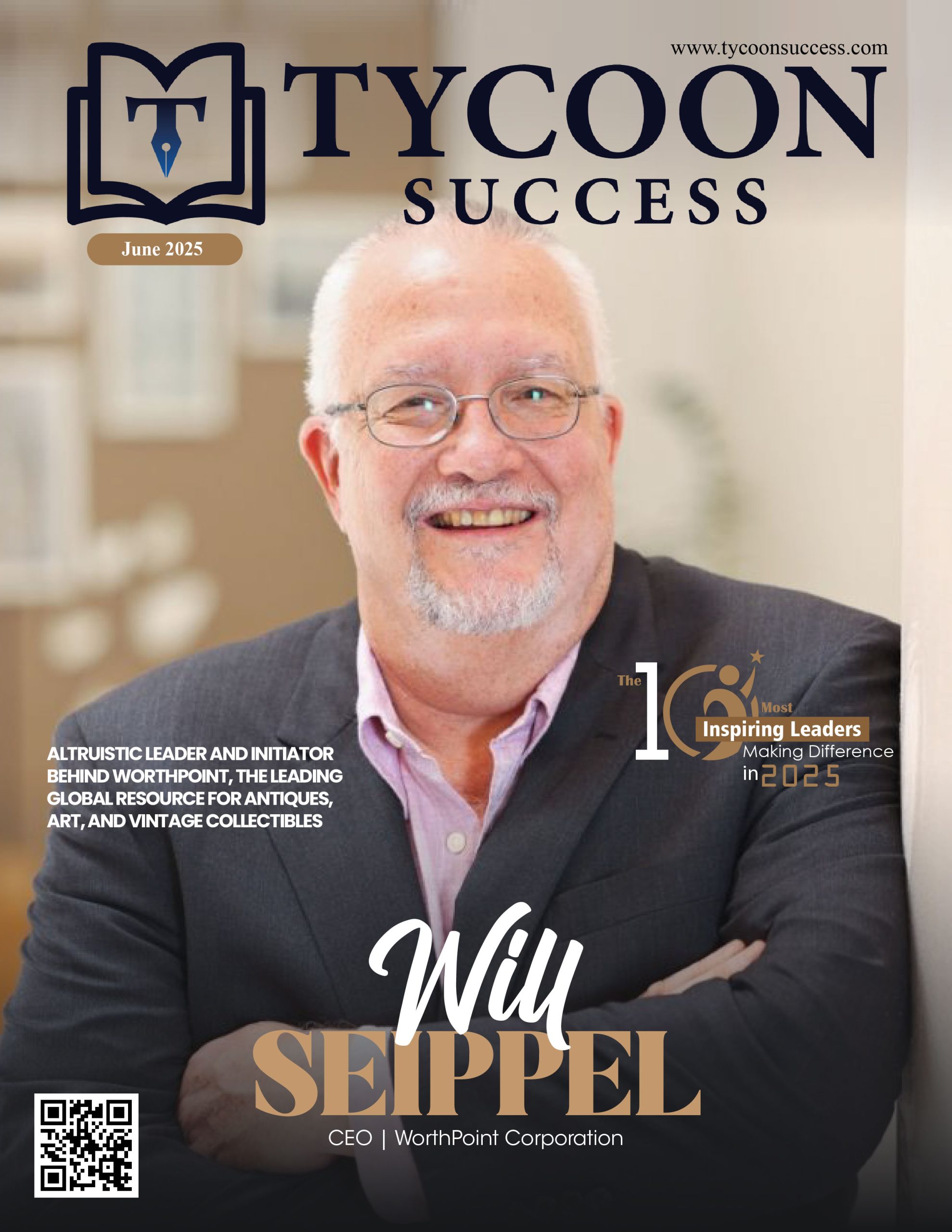In the contemporary workplace, fostering inclusivity has transitioned from being a mere trend to an essential requirement. Organizations that emphasize inclusive hiring gain access to diverse viewpoints, enhanced employee satisfaction, and increased innovation. However, effectively implementing inclusivity demands more than just goodwill. Below are five practical inclusive hiring strategies that yield positive results:
- Write Inclusive Job Descriptions
The recruitment process begins with the job advertisement. Language that exhibits bias may discourage qualified individuals from underrepresented demographics from applying. Utilizing tools such as Textio or Gender Decoder can assist in recognizing and removing gender-specific or exclusionary terminology. Rather than providing an extensive and inflexible list of qualifications, it is more effective to concentrate on the key skills required and to be open to transferable experiences. Expressions such as “we appreciate diverse viewpoints” or “we invite applications from candidates of all backgrounds” significantly contribute to fostering an inclusive environment.
- Implement Blind Resume Screening
Unconscious bias can emerge at the outset of the hiring process. Implementing blind resume screening eliminates personal information, including name, gender, age, and educational institution, from applications. This approach enables hiring teams to concentrate on candidates’ skills and experiences, free from the influence of unrelated factors. It serves as an effective method to create a more equitable environment, particularly for individuals from nontraditional or underrepresented backgrounds.
- Standardize the Interview Process
When there is considerable disparity in interviews among candidates, the risk of bias escalates. Adopting structured interviews that employ a consistent set of questions and a clear evaluation framework can improve fairness and enable objective comparisons among candidates. Furthermore, including diverse interview panels can provide different viewpoints and reduce the chances of any one person’s biases affecting the ultimate decision.
- Expand Your Talent Sources
Utilizing the same recruitment channels frequently results in a homogeneous candidate pool. Expand your outreach by collaborating with organizations that promote underrepresented talent, including historically Black colleges and universities (HBCUs), groups focused on women in technology, or organizations advocating for individuals with disabilities. Engaging in community job fairs or attending diversity events tailored to specific industries can further provide access to a wider array of candidates.
- Measure and Improve
Inclusive hiring is not merely a one-off project; it requires continuous commitment. Gather data regarding your recruitment process: Who submits applications? Who is invited for interviews? Who ultimately receives job offers? Analyze the trends and modify your practices as needed. Seeking input from both candidates and employees can reveal shortcomings and contribute to the development of a more fair and equitable hiring process over time.
By embracing these practices, organizations not only enhance their hiring inclusivity but also cultivate stronger and more dynamic teams. In the current competitive environment, this approach is not merely a matter of ethical responsibility; it is also a sound business strategy.







